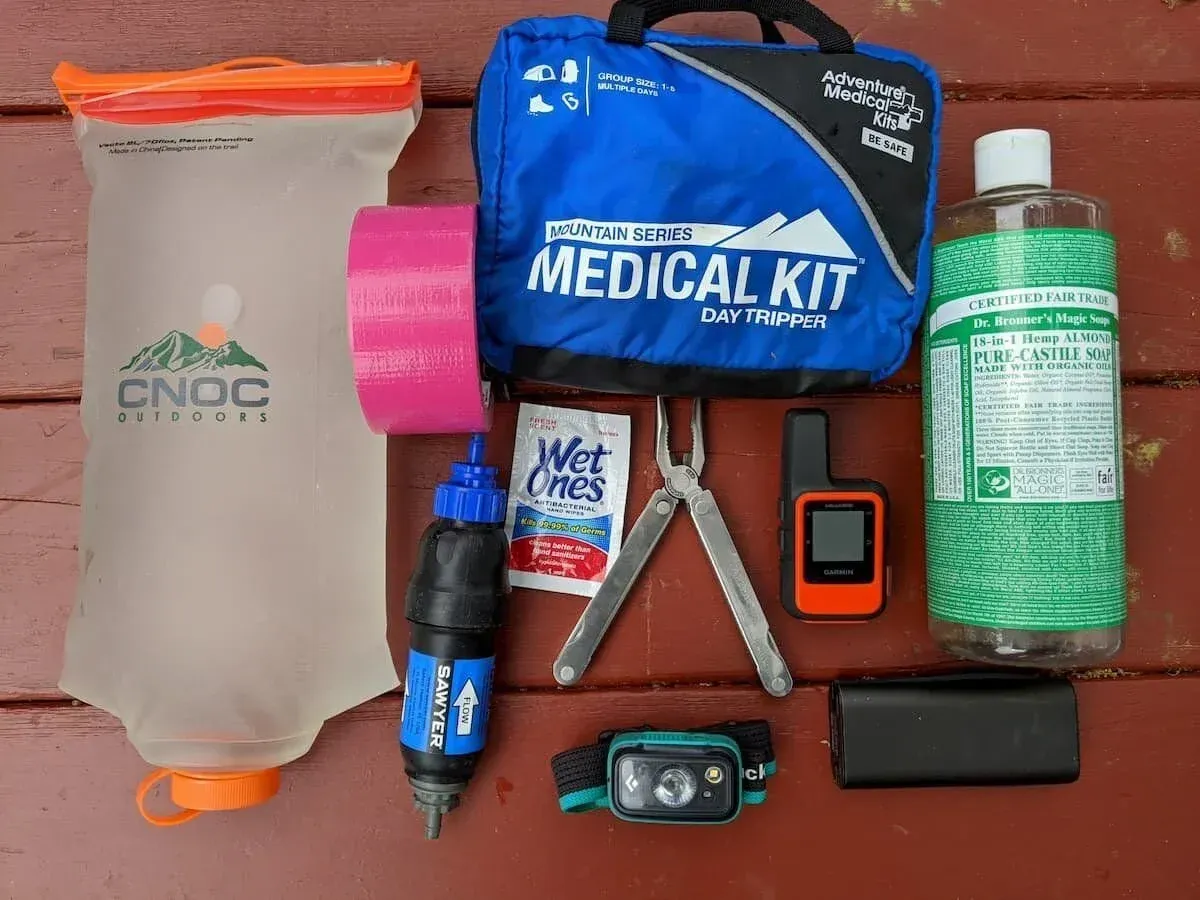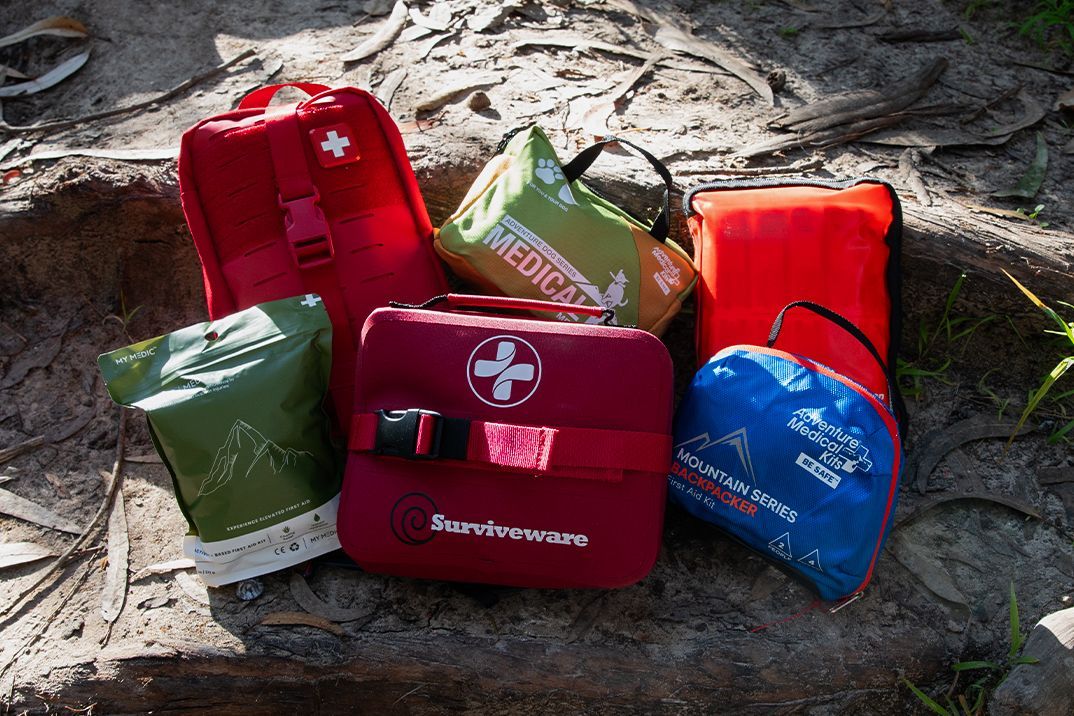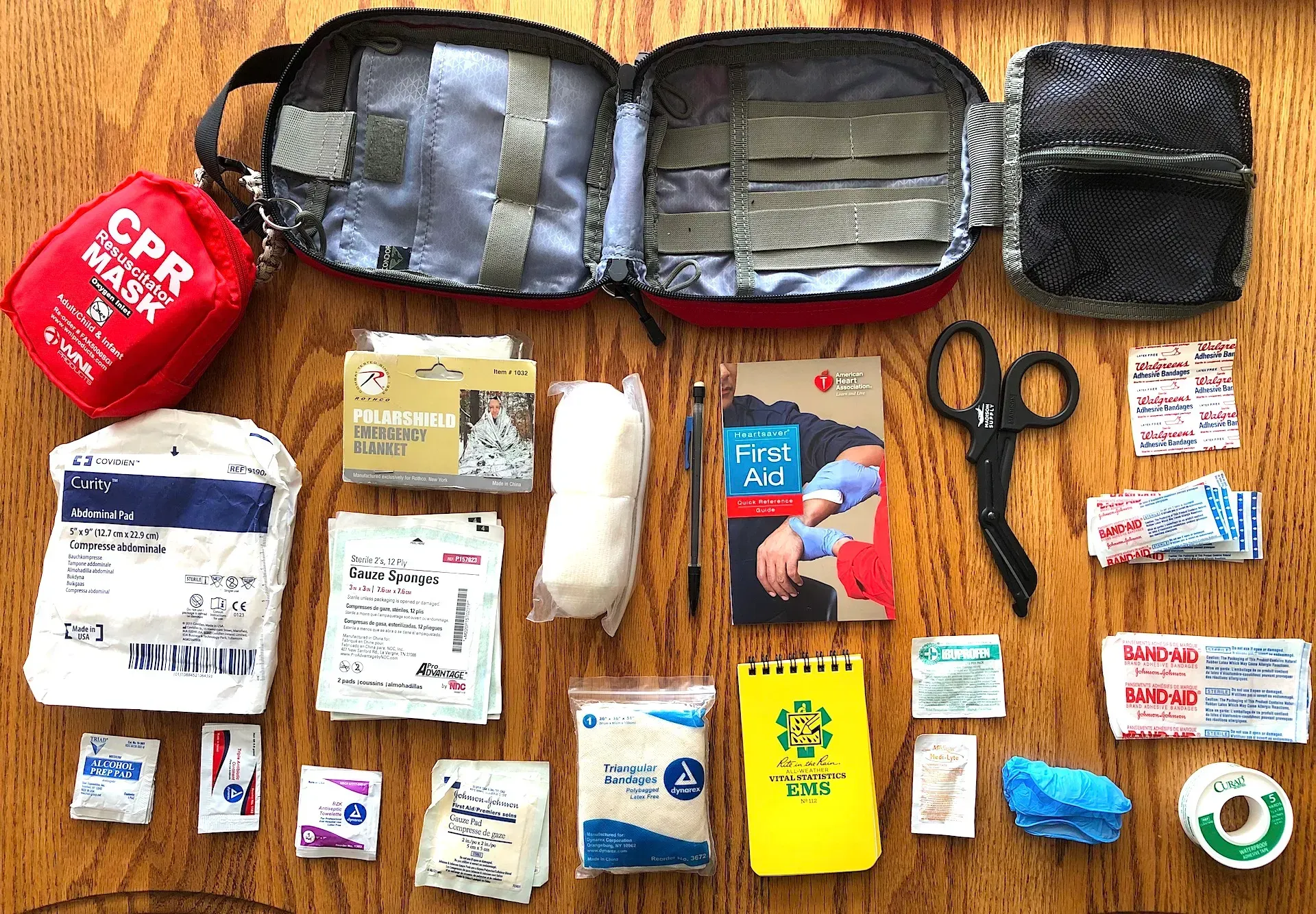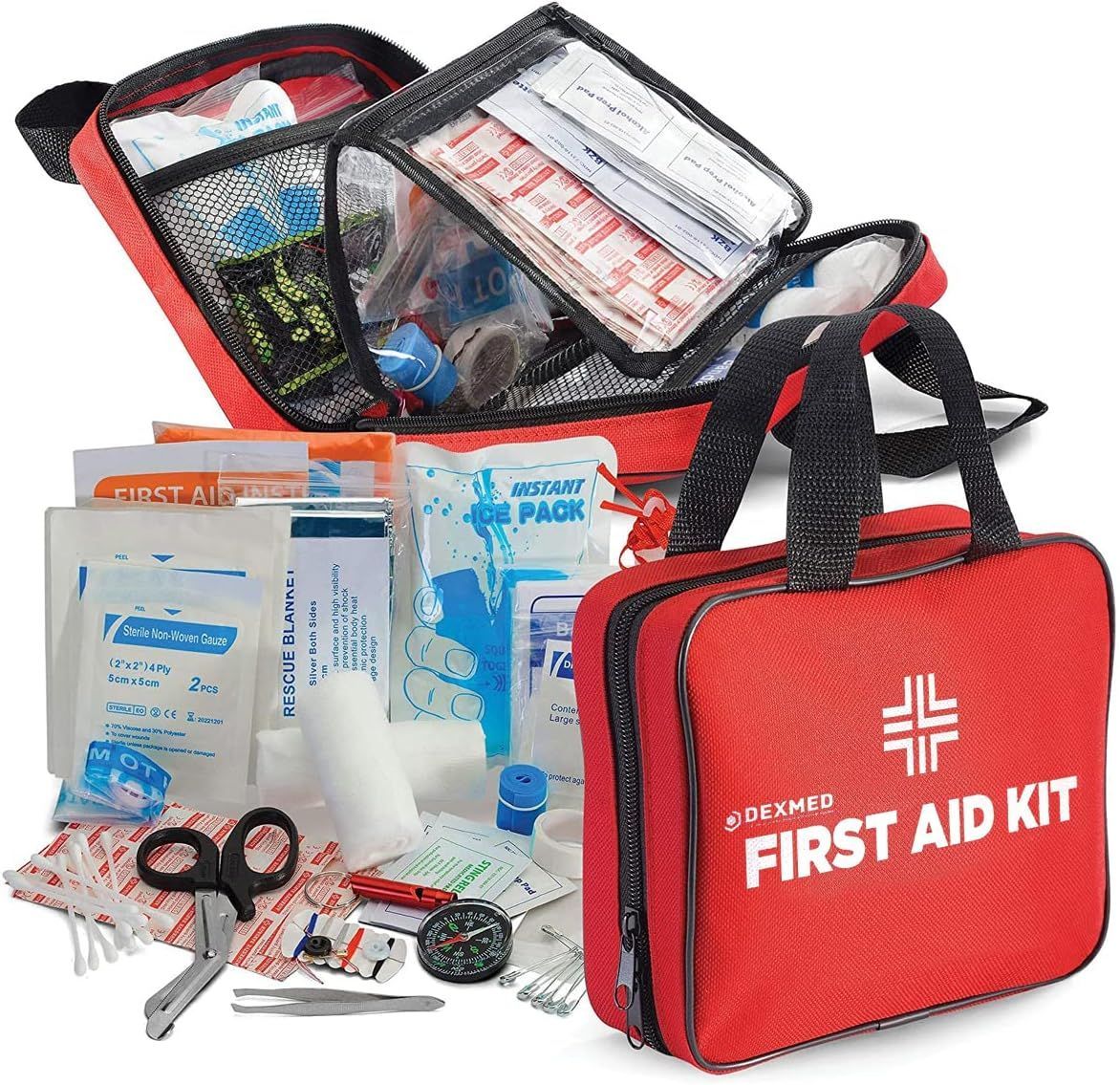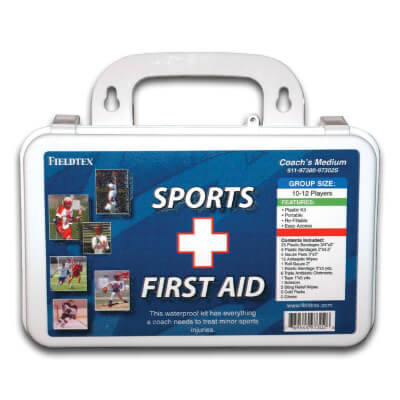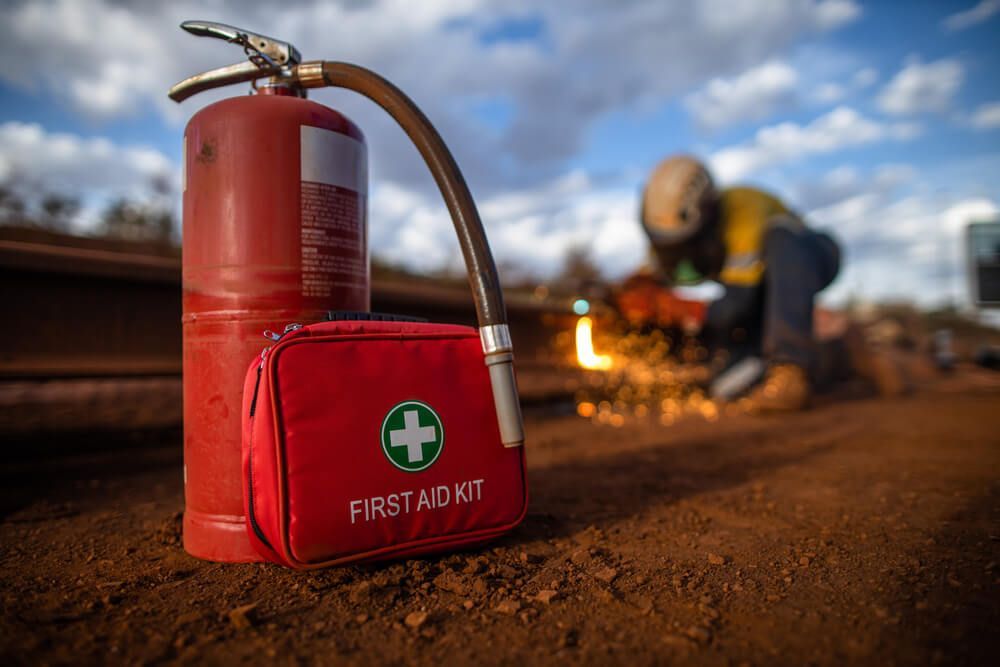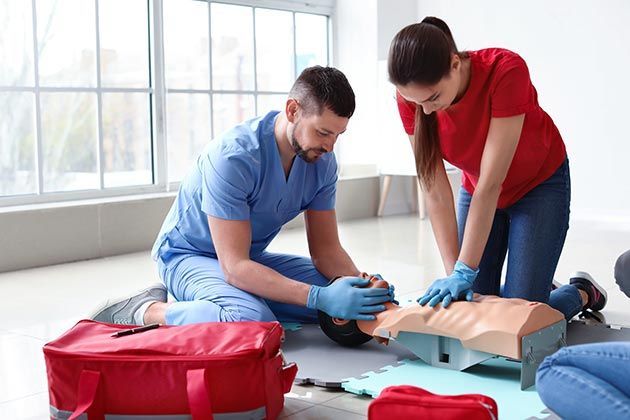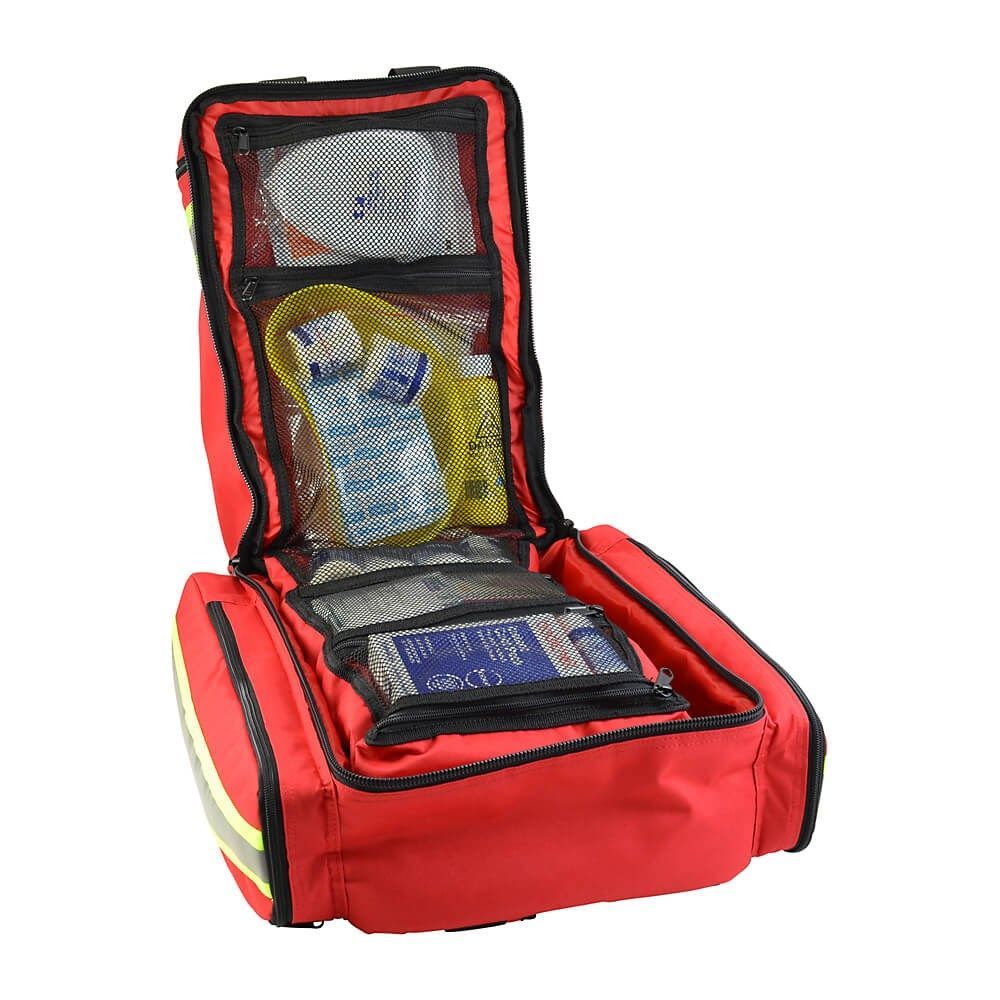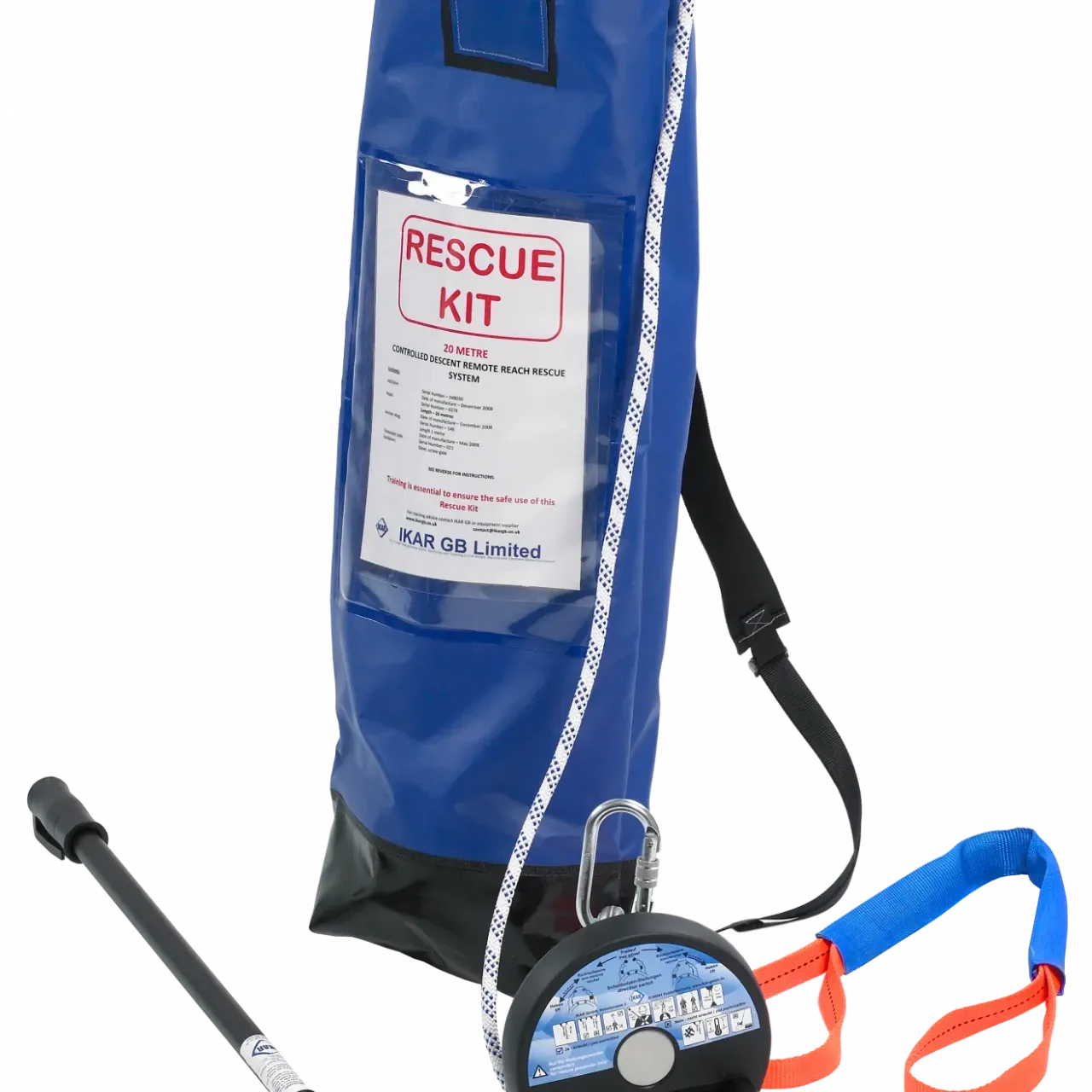What Is the Difference Between a Trauma Kit and a First Aid Kit?

TLDR;
A
first aid kit is designed for minor injuries like cuts, scrapes, and burns, while a trauma kit contains specialized tools to address life-threatening emergencies such as severe bleeding or airway obstruction. The main difference lies in the severity of injuries they’re built to handle and the level of training typically required to use them effectively.
Emergency Kits for Civilians: What You Need to Know
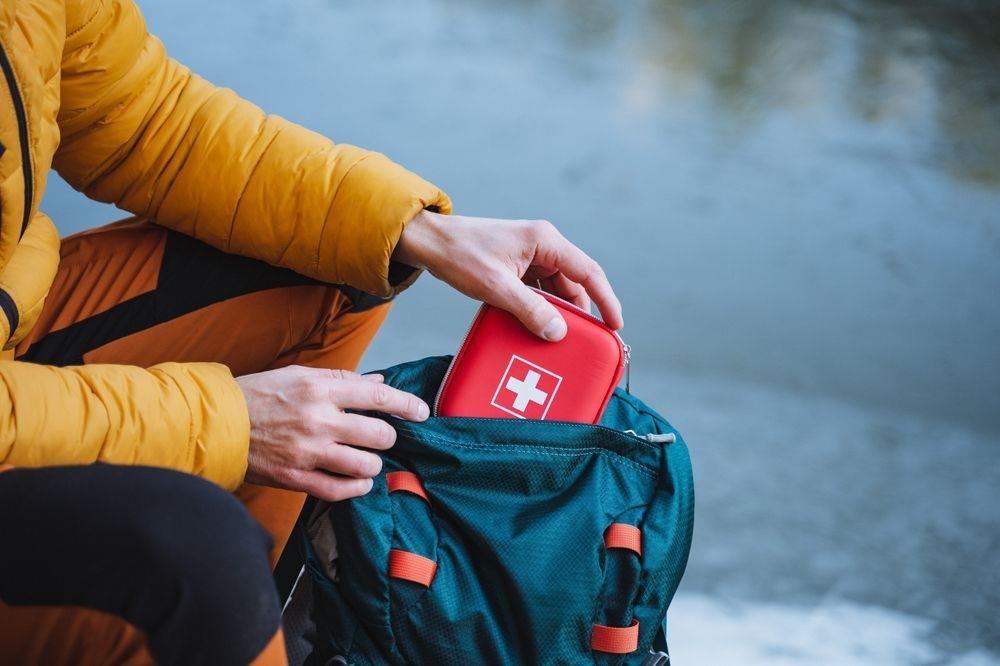
In an emergency, having the right tools can make all the difference — but knowing which kit to grab matters just as much. Whether you're assembling your own supplies or browsing Emergency Kit Essentials, it’s easy to confuse a trauma kit with a first aid kit. Understanding the difference is key for individuals and organizations aiming to prepare effectively.
At Rapid Rescue Kit, we believe in equipping people with accurate, actionable information — not just gear. We will break down the key distinctions between these two essential kits, helping you make informed choices for your home, workplace, or vehicle.
What Is a First Aid Kit?

A first aid kit is a collection of basic medical supplies intended to address everyday injuries and common health issues.
Common Contents
- Adhesive bandages (various sizes)
- Sterile gauze pads and medical tape
- Antiseptic wipes and antibiotic ointment
- Tweezers and scissors
- Latex or nitrile gloves
- Digital thermometer
- CPR mask or face shield
- Pain relievers (like ibuprofen or acetaminophen)
- Burn cream or gel
These items are designed to:
- Clean and protect wounds
- Manage mild pain or inflammation
- Treat minor cuts, scrapes, and burns
Typical Use Cases
- Household accidents (e.g., cutting a finger while cooking)
- Minor sports injuries (e.g., sprained ankle, bruises)
- Insect bites or allergic skin reactions
- Minor workplace mishaps
- General travel or camping incidents
Bottom line: First aid kits are meant for non-critical situations that don’t threaten life or limb but require immediate, simple care.
What Is a Trauma Kit?
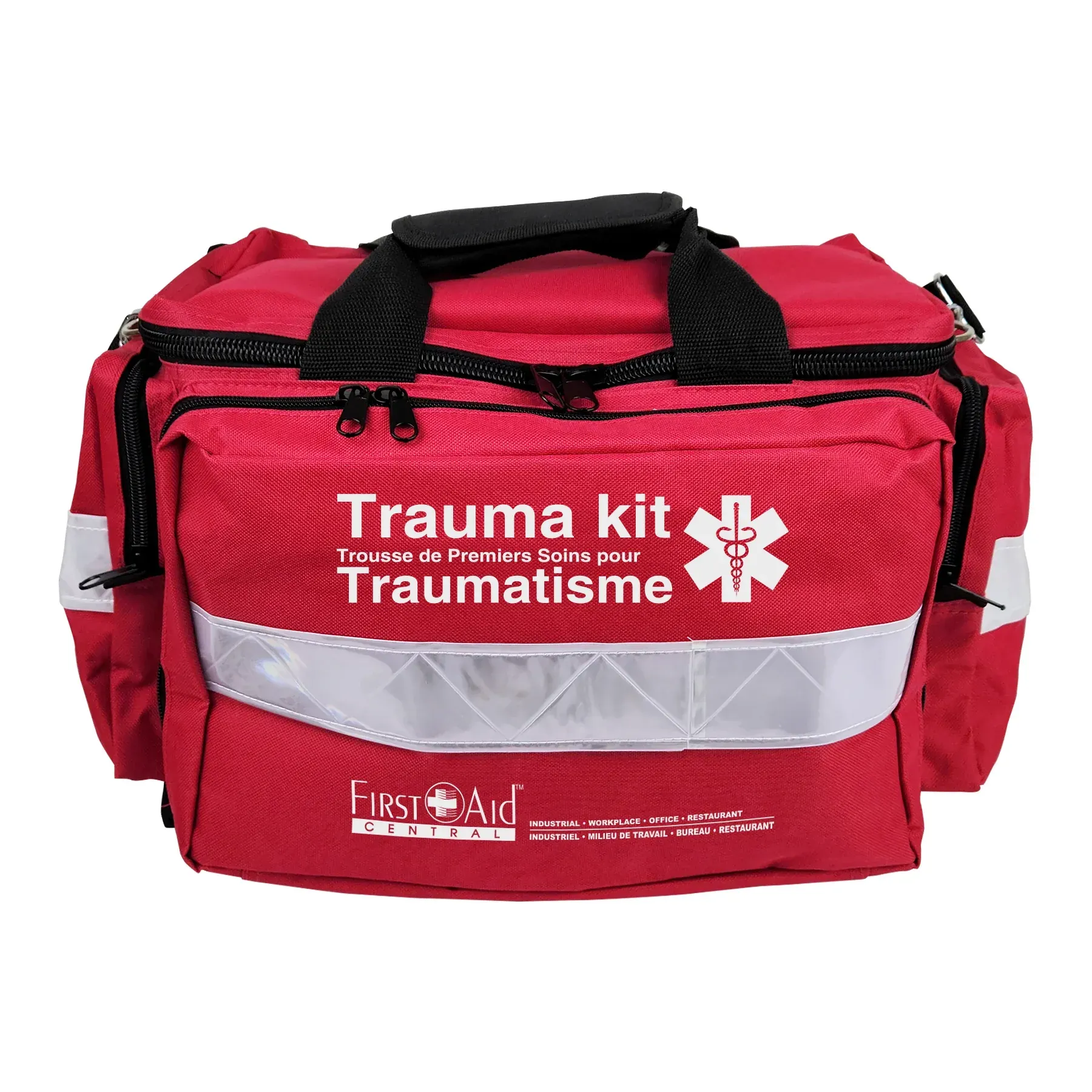
A trauma kit is specifically assembled to manage life-threatening injuries, particularly those involving severe bleeding or compromised airways.
Essential Components
- Tourniquet (e.g., CAT or SOF-T)
- Hemostatic gauze (e.g., QuikClot, Celox)
- Pressure bandages (Israeli bandage or similar)
- Chest seals for penetrating chest wounds
- Nasopharyngeal airway and lubricant
- Trauma shears
- Emergency thermal blanket
- Gloves (often thicker or sterile)
- Sharpie for time-marking tourniquet use
These are tools developed for:
- Stopping massive bleeding (hemorrhage control)
- Managing airway issues
- Treating penetrating injuries (like stab or gunshot wounds)
- Stabilizing a casualty until professional help arrives
When Are Trauma Kits Used?
- Vehicle collisions with severe injury
- Natural disasters (e.g., tornadoes, earthquakes)
- Industrial accidents or construction sites
- Hunting or shooting range incidents
- Tactical or law enforcement settings
Important: Trauma kits are not exclusive to military or tactical users. Civilians in high-risk environments or those with relevant training can benefit greatly from having one nearby.
What Makes a Trauma Kit Different from a First Aid Kit?

Understanding how each kit is structured and intended to be used clarifies their distinct roles in emergency preparedness.
Purpose and Design
- First Aid Kit: Built for everyday injuries, often used at home, office, or during travel
- Trauma Kit: Engineered to manage critical, life-threatening situations like arterial bleeds or compromised breathing
User Skill Level
- First Aid Kit: Requires minimal training — ideal for the general public
- Trauma Kit: Best handled by users with basic trauma response training, such as Stop the Bleed or CPR with advanced modules
Portability and Cost
- First Aid Kit:
- Compact and affordable
- Price Range: $10–$50
- Trauma Kit:
- Slightly larger and pricier due to specialized contents
- Price Range: $50–$200+
Trauma Kit vs First Aid Kit Checklist
| Feature | First Aid Kit | Trauma Kit |
|---|---|---|
| Purpose | Minor injuries | Life-threatening emergencies |
| Key Tools | Bandages, tweezers, antiseptics | Tourniquet, hemostatic gauze, seal |
| Skill Needed | Minimal | Moderate to advanced |
| Best For | Home, workplace, travel | High-risk zones, tactical response |
| Cost Range | $10–$50 | $50–$200+ |
Do You Need Training to Use a Trauma Kit?
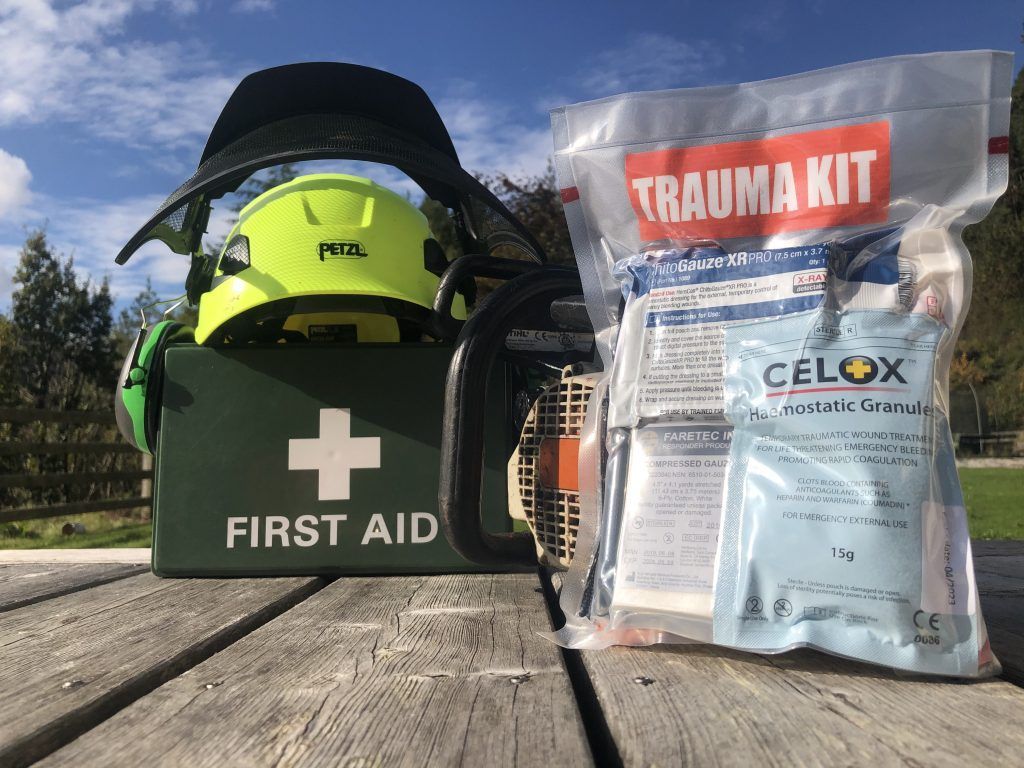
While first aid kits are generally intuitive, trauma kits involve tools that require specialized knowledge. That's why Training for Emergency Kits is essential to ensure safe and effective use.
- Tourniquets must be applied properly to stop arterial bleeding without causing unnecessary tissue damage.
- Chest seals require understanding of how to identify and treat a sucking chest wound.
- Airway adjuncts can be dangerous if misused, potentially making an injury worse.
Consider taking:
- A Stop the Bleed course (offered nationwide)
- Online trauma training videos (Red Cross, NAEMT)
- Local first responder workshops
Choosing Between First Aid and Trauma Kits

Each kit serves a specific purpose — and in many cases, it's not about choosing one over the other, but understanding when and why you'd need each.
Scenario-Based Recommendations
First Aid Kit Ideal For:
- Parents with young children
- Commuters and office workers
- Day hikers or campers
Trauma Kit Ideal For:
- EMTs and first responders
- Hunters, remote travelers, and survivalists
- Worksites with heavy machinery or high-risk tools
Best Practice: Keep both in your vehicle, emergency bag, or workplace for full-spectrum preparedness.
How to Build Your Own Kit or Buy One
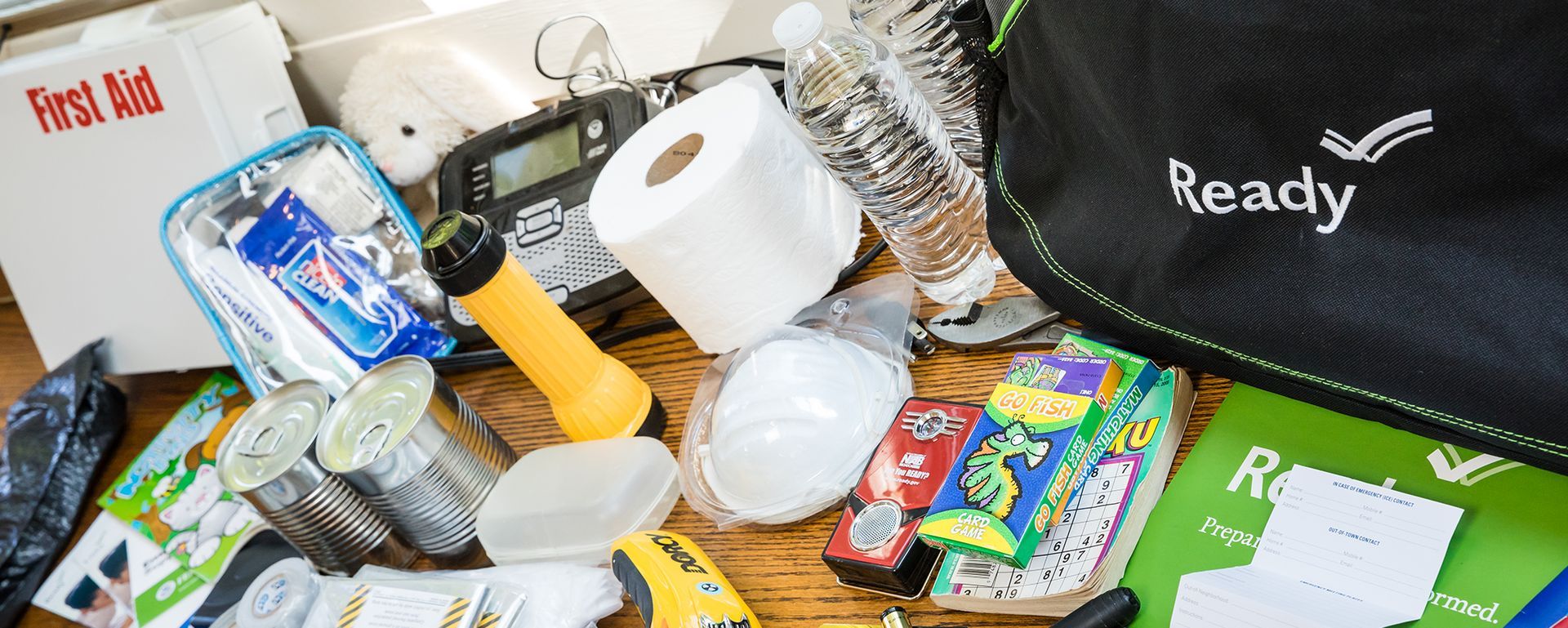
Not all pre-made kits are created equal. Understanding what to look for (or include) helps you avoid junk products.
DIY vs Pre-Made Kits
DIY Pros:
- Tailored to your needs
- Higher quality control
DIY Cons:
- Time-consuming
- Easy to overlook key items
Pre-Made Pros:
- Curated by experts
- Convenient and time-saving
Pre-Made Cons:
- May include unnecessary or low-quality items
- Can be more expensive per item
Where to Buy
- Amazon: Wide selection, but check reviews and certifications
- REI or other outdoor retailers: High-quality kits for wilderness use
- Medical suppliers: Professional-grade options for serious users
Tips for selection:
- Look for kits with name-brand tourniquets and hemostatic gauze
- Avoid overly “stuffed” kits filled with unnecessary bandages
- Check expiration dates and restock timelines
Frequently Asked Questions

